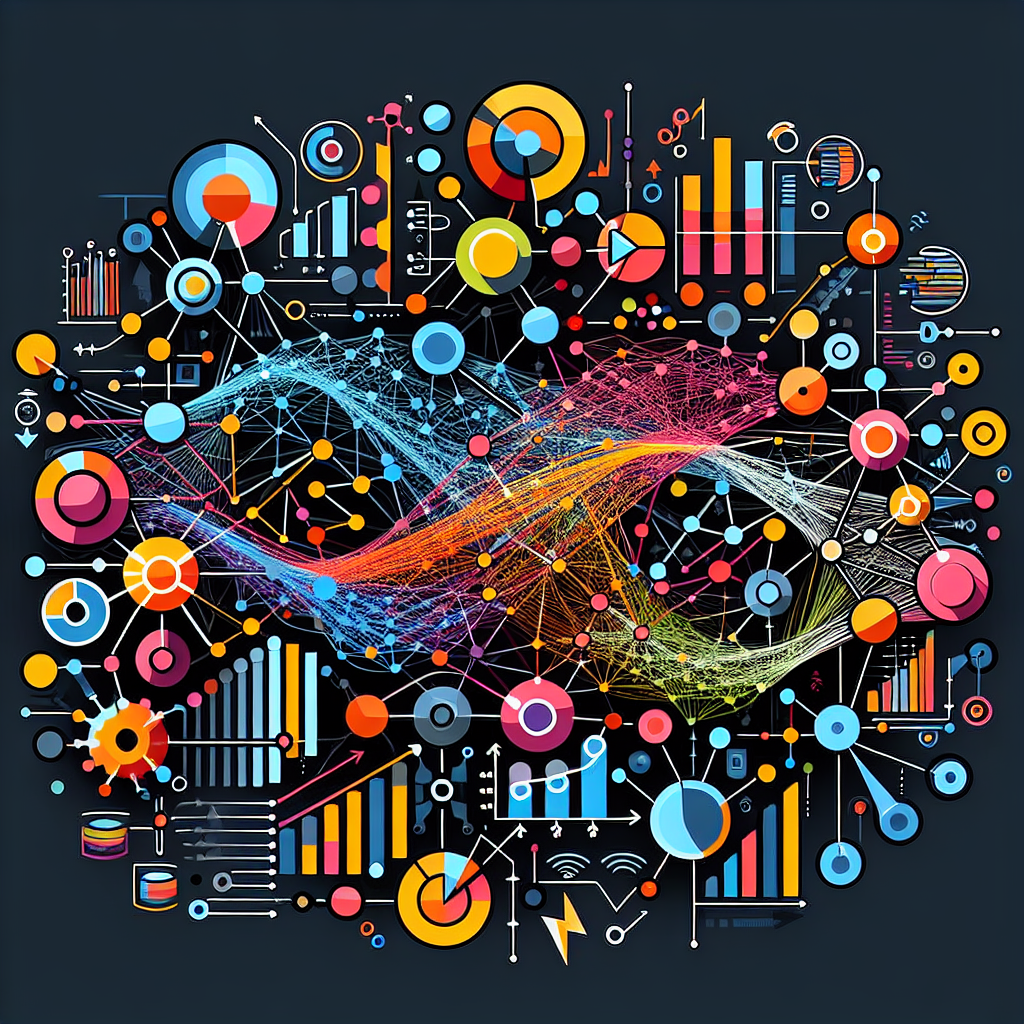In the world of predictive analytics, Graph Neural Networks (GNNs) have emerged as a powerful tool for uncovering patterns and relationships within complex data sets. By leveraging the inherent structure and relationships in data, GNNs have the ability to capture rich information and make accurate predictions in a wide range of applications.
At its core, a GNN is a type of neural network that is specifically designed to work with graph data. Graph data is characterized by nodes (representing entities or objects) and edges (representing relationships between nodes). This type of data is common in social networks, recommendation systems, biological networks, and more.
One of the key strengths of GNNs is their ability to learn and generalize from the relational structure of the data. Traditional neural networks struggle with this type of data because they treat each data point independently, ignoring the relationships between them. GNNs, on the other hand, are able to capture the complex dependencies between nodes and use this information to make predictions.
For example, in a social network, GNNs can be used to predict which users are likely to be friends based on their previous interactions. In a recommendation system, GNNs can predict which products a customer is likely to purchase based on their browsing history and preferences. In biology, GNNs can be used to predict protein interactions or gene functions based on their structural relationships.
The power of GNNs lies in their ability to leverage both local and global information in the graph structure. By aggregating information from neighboring nodes, GNNs are able to capture complex patterns and relationships that traditional methods may overlook. This makes them particularly effective in scenarios where data is interconnected and interdependent.
Despite their advantages, GNNs also come with their own set of challenges. Training GNNs can be computationally expensive, especially for large-scale graphs. Additionally, interpreting the results of GNNs can be difficult due to their complex structure and the black-box nature of neural networks.
In conclusion, GNNs have proven to be a powerful tool in the field of predictive analytics, especially for tasks involving graph data. By leveraging the relational structure of the data, GNNs are able to capture rich information and make accurate predictions in a wide range of applications. As researchers continue to unpack the power of GNNs, we can expect to see even more innovative applications and breakthroughs in the field of predictive analytics.
#Unpacking #Power #GNN #Predictive #Analytics,gnn


Leave a Reply